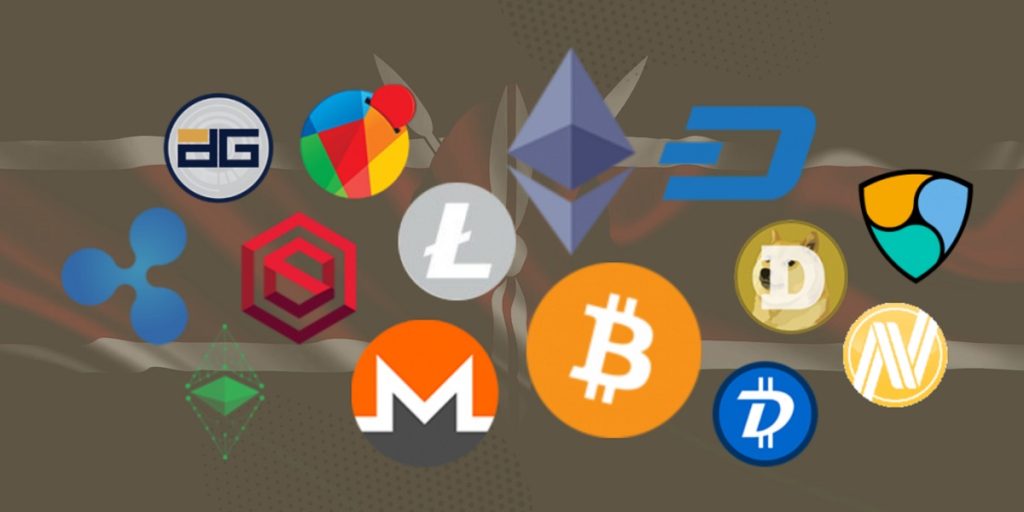Although blockchain and cryptocurrencies have been a hot topic for some years now, many people around the globe still have either a very superficial understanding of this subject or none at all – something that Binance is resolved to improve by advancing crypto knowledge and making Web3 education accessible to all. A matter being both exciting to the public and widely misunderstood presents fertile soil for various misconceptions and false beliefs, and that is surely the case with blockchain and cryptocurrencies.
While some false beliefs about cryptocurrencies are harmless, others can sow confusion or even panic, fuelling FUD (fear, uncertainty, and doubt) and making people suspicious of digital assets for no good reason. Tackling such harmful misperceptions is an essential component of promoting crypto literacy, so we at Binance have set out to identify and take down the most common ones.
This is not to say that the crypto ecosystem is flawless. It is a fast-moving space that constantly challenges newcomers to exercise critical thinking and do their own research. However, to yield optimal results, this research should be informed by a sound understanding of the fundamentals rather than by popular myths and common fallacies.
Myth 1: Digital Assets Don’t Have Intrinsic Value
People new to crypto (or outside of it) often argue that most digital assets are not backed by anything tangible or by any form of “hard” fiat currency – excluding stablecoins, of course. In their logic, “not being backed” is synonymous with “not having any value.”
However, most fiat currencies aren’t backed by physical assets, either. Take US dollars or British pounds, for example. Neither of these currencies is backed by any physical assets — they are simply issued by governments, and it is “faith” in the respective government that makes up a huge part of a fiat currency’s value.
Just as people see value in fiat money because they have faith in governments, users increasingly appreciate digital currencies as they place faith in the technology underpinning them. The value here comes from open-source code available to absolutely anyone to view and verify for themselves, which eliminates the need to trust a third party, which can be self-interested or corrupt. These are two quite different foundations of trust, yet both can be considered reasonable.
The other component of a currency’s value is the level of its acceptance and adoption. While the adoption of digital currencies as a payment tool may still be limited, their acceptance and usage for payments are growing year by year. Crypto’s use cases also go far beyond payments and the facilitation of commerce. Crypto can be used as a store of value, similar to commodities like gold, of which bitcoin is the best example. Bitcoin is a scarce asset – only 21 million will ever be created – and so it is intrinsically disinflationary (unlike fiat currencies, whose value can be diluted by monetary policy).
Finally, smart-contract-enabled assets can be used to create a virtually unlimited number of utilities in the online realm, including distributed governance, digital art, novel financial products, and unique virtual experiences, to name just a few.
So the next time someone says digital currencies have no intrinsic value, it may be worth pointing out that disintermediation, payments, store-of-value capacity, and technological innovation are all — in and of themselves — intrinsically valuable. Furthermore, digital asset adoption rates are steadily on the rise. Stop to think about it, and this myth is no myth at all.
Fact: The value of a currency, whether fiat or digital, comes from mass acceptance and adoption – and in the case of digital assets, these rates are going up consistently.
Myth 2: Crypto Isn’t Real Money
When people talk about “real money,” they’re usually thinking of a medium of exchange and unit of account, which, importantly, can be used in some sort of commercial activity.
Crypto skeptics often assume that digital assets are not being used for daily purchases. In some people’s simplistic view, the domain of digital assets is where speculative trading of tokens occurs and not much else. However, contrary to popular belief, crypto is very much being used as “real money” daily across the world.
Since the famous first-ever exchange of bitcoin for a tangible good (two pizzas!) in 2010, people across the world have been using crypto to buy products and services – often vital ones in situations and locations where fiat money was not readily available. In recent years, with the increasing integration of crypto with traditional payment systems and methods, many services have emerged that allow people to spend their crypto even at merchants who wish to be paid in fiat.
A good example is Binance Card, which allows holders to use crypto to purchase goods and services wherever major fiat payment systems operate (so far available in select jurisdictions). And then there’s Binance Pay – a contactless, borderless, and secure crypto-payment technology. All of this means there are even more options for users to spend their crypto around the world. Myth busted!
Fact: Crypto is being used to buy and sell real-world assets and commodities daily.
Final Thoughts
Don’t let the FUD (fear, uncertainty, and doubt) fool you. Skeptics will throw all sorts of myths out as fact when the conversation turns to crypto. But our view is that these misconceptions are often a result of people not having access to the right information or educational materials. We hope this blog goes some way to clearing up some of the more common myths surrounding crypto.
Also Read: Binance Appoints Kristen Hecht as its New Deputy Chief Compliance and Global Money Laundering Reporting Officer

